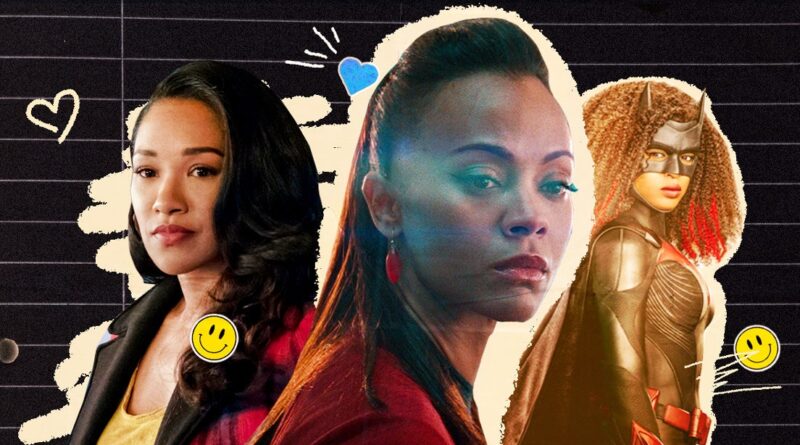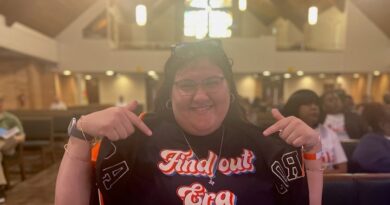On Racebending and Seeing Yourself in Fandom
Currently, “racebending” refers to characters being “recast” as people of color in order to add positive diversity to a media property that otherwise lacked significant characters and performers of color. We’ve seen examples of positive (if, relatively one dimensional) racebending in media for several decades — Smallville’s Pete Ross, Zoe Saldana’s Nyota Uhura in Star Trek, and many different characters in The CW and Warner Brothers’ DC superhero universes, for example. However, “racebending” has existed in fandom as a positive norm for decades before the casting executives responsible for DC Comics adaptations ever decided to cast Black women as the red-haired love interests of iconic heroes (see Candice Patton’s Iris West and Anna Diop’s Starfire).
Fandom was there, and racebending, from a very long time ago.
Fans dreamt of a Black Hermione Granger long before Rowling got onto the idea that surface-level diversity would make her very homogenous series look better. They racebent Harry Potter himself, reimagining him as a biracial Indian teenager torn between both whiteness and wizardry. During my time in the DC and Marvel fandoms, I was pleasantly surprised by how many fan artists and writers racebent characters like Tim Drake and Bruce Wayne, Tony Stark, and Selina Kyle. (Yes, DC did it first by casting Eartha Kitt as the character in the final season of the 60s’ show and there was that bad Catwoman film, but fandom really did do it best!) And of course, fans then asked for and rallied around racebent characters once they were made canon — a necessary move in the case of the Iris West Defense Squad due to the way that The Flash fandom continues to attack Candice Patton and the character she plays on the show.
Overall, racebending is incredibly meaningful to fans of color and provides them with a way to see themselves in fandom. However, online interpretations of an unsatisfying canon aren’t the only ways that fandom offers marginalized fans ways to see themselves in fandom.
Fandom is all about community. We come to fandom because of things we love and connect with other people who love the things that we love for the same reasons we do. There’s a post going viral on Tumblr that says “a fandom can just be you and the ten people you haven’t blocked yet”, and while that’s definitely true and I’m a huge fan of curating your online spaces, fandom also brings together people from around the world who thought they were alone in their uniqueness. Fandom brings people together based on what made them stand out in their offline and online lives.
Take ClexaCon. The convention was created to do two things: create a safe space for queer female fandoming and celebrate femslash following a period of time when queer female characters in media were dying awful deaths. While ClexaCon has its own fair share of problems — conversations about racism at the convention circulated in the summer of 2020 and femslash fandom has the same issues with racism as any other part of fandom when it comes to racial representation — at the end of the day, it’s still a space that is oriented around furthering communities for queer women. Other conventions — virtual and, prior to 2020, in-person — provide spaces for other marginalized people in different fandoms to come together and be represented in spaces, industries, and communities that they’re historically left out of or not represented well in. K-Cons around the world provide ways for international idol fans to engage with idol fandoms, and that increase in visibility and community means that fans within the Korean diaspora are more able to connect with each other and talk critically about the industry, artists, and fandoms.
Sure, fandom as a whole still has a ways to go in terms of being fully accessible to all marginalized and vulnerable fans in terms of fanworks and headcanons as well as the spaces on and off line where we do fandom. But one of the things fandom does well is allow many fans to see themselves for the first time and connect to other people who are also seeing themselves in fandom.
Stitch will continue discussing the many layers of fandom in Fan Service, published every other week on Teen Vogue. You can follow their work on Stitch’s Media Mix and on Twitter.
Let us slide into your DMs. Sign up for the Teen Vogue daily email.
Want more from Teen Vogue? Check this out: On Fanfiction, Fandom, and Why Criticism Is Healthy





